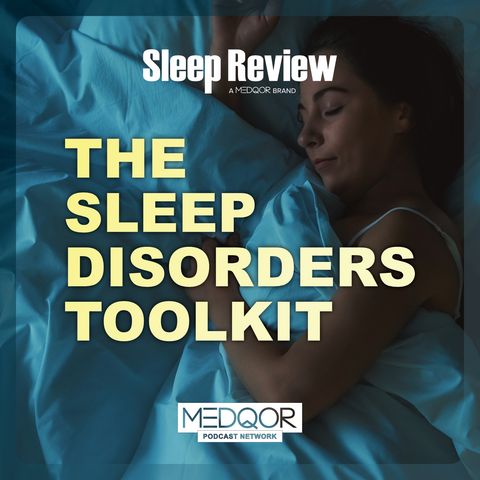Pathophysiology of Idiopathic Hypersomnia

Download and listen anywhere
Download your favorite episodes and enjoy them, wherever you are! Sign up or log in now to access offline listening.
Description
While the pathophysiology of idiopathic hypersomnia is unknown, emerging science suggests that nighttime sleep dysfunction may contribute to daytime sleepiness in patients with idiopathic hypersomnia. A systematic review and meta-analysis...
show more- Total sleep time and percent of REM sleep were increased in patients with idiopathic hypersomnia compared with controls.
- Sleep-onset latency and percent of slow-wave sleep were decreased in patients with idiopathic hypersomnia compared with controls.
- Sleep efficiency and REM latency were similar between patients with IH and controls.
- Dysfunction of the GABAergic system
- Autonomic system dysfunction
- Altered functional or regional connectivity in the brain
- Circadian system dysfunction
- Dysfunction of energy metabolism
- Science doesn’t fully understand the pathophysiology of idiopathic hypersomnia. Research has revealed potential clues, however. For example, idiopathic hypersomnia is associated with changes in sleep staging and architecture. What does emerging science suggest are differences in nighttime sleep?
- How might the arousal index differ in idiopathic hypersomnia versus in people without it, and why might that matter?
- In addition to nighttime sleep dysfunction, other physiological changes have been observed in some patients with idiopathic hypersomnia and theorized as possible contributors to its pathophysiology. What is the GABAergic system and its possible role?
- What are some emerging findings surrounding idiopathic hypersomnia and autonomic system dysfunction?
- What is the evidence that supports the idea of altered functional or regional connectivity in the brain in people with idiopathic hypersomnia?
- There were fascinating studies done on skin fibroblasts, suggesting that circadian period length may be different in people with idiopathic hypersomnia versus in people without it. What role might circadian rhythm dysfunction have in idiopathic hypersomnia?
- What has science discovered about the possible role of dysfunction of energy metabolism in idiopathic hypersomnia?
- What further research would you like to see conducted on the pathophysiology of idiopathic hypersomnia?
Listen to Episode 2: Diagnosis of Idiopathic Hypersomnia
Listen to Episode 3: Differential Diagnosis of Idiopathic Hypersomnia
Listen to Episode 4: Burden of Idiopathic Hypersomnia
Information
| Author | Medqor |
| Organization | Eli Patterson |
| Website | - |
| Tags |
Copyright 2024 - Spreaker Inc. an iHeartMedia Company

Comments